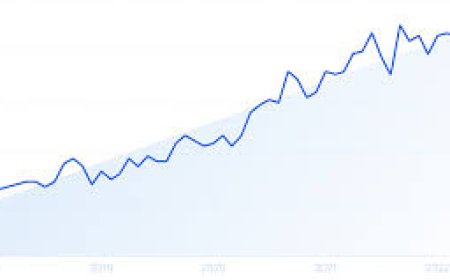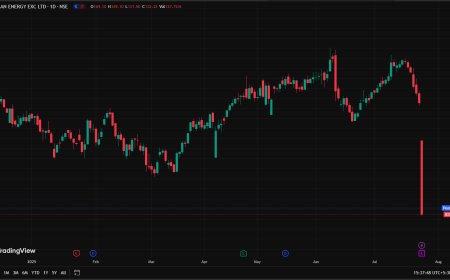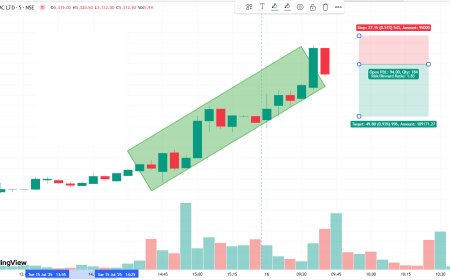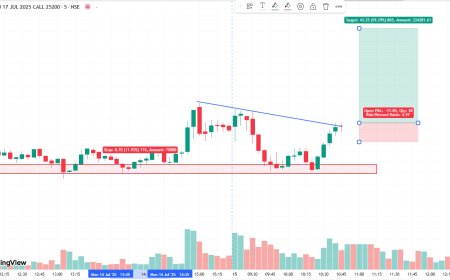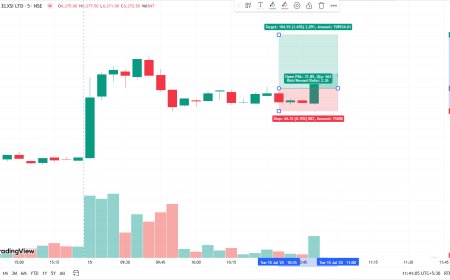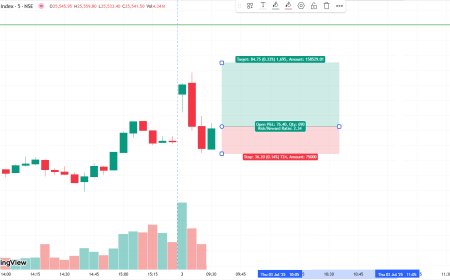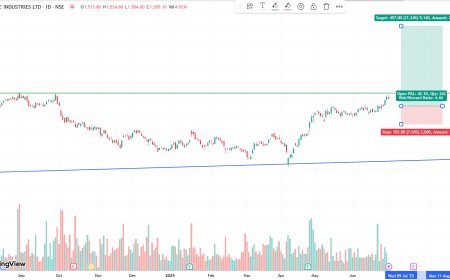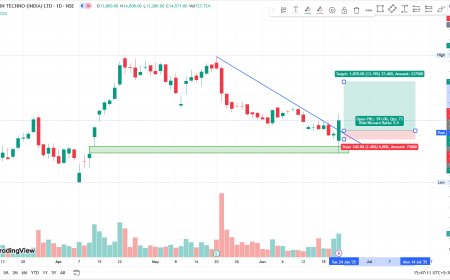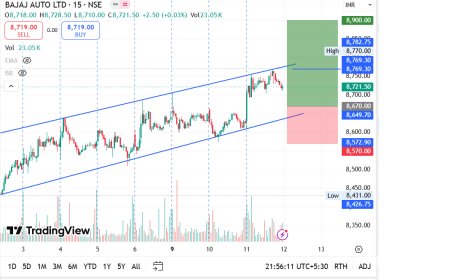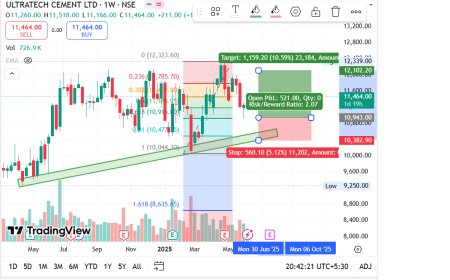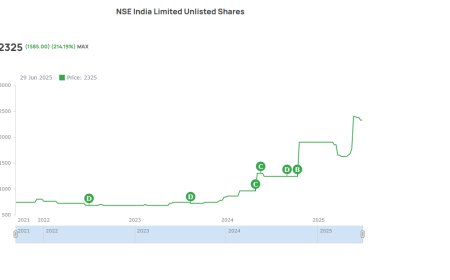India to Ease Rules for Foreign Investors Buying Government Bonds
India's financial regulator proposes easing compliance norms for foreign portfolio investors investing solely in government securities to boost participation and deepen the bond market.

India's Regulator Proposes Easing Norms for Foreign Investors Buying Only Government Bonds: A Big Push for Debt
Market Deepening
Introduction: Reforming the Road to India’s G-Sec Market
In a significant move aimed at bolstering foreign participation in India’s sovereign bond market, the Securities and Exchange Board of India (SEBI) has proposed easing regulatory norms for foreign portfolio investors (FPIs) that invest solely in government securities. This proposal, if implemented, could be a game-changer in terms of capital inflow, market depth, and India’s aspirations to become a globally integrated bond market, especially after its recent inclusion in the JPMorgan GBI-EM index.
The proposals are currently in the public consultation phase, but the intent is clear: encourage stable, long-term capital in India's sovereign debt without overburdening investors with complex compliance.
What’s on the Table: The Proposed Regulatory Relaxations
SEBI's proposal suggests reduced documentation, simplified KYC norms, and lower compliance burden for FPIs whose investment portfolios are exclusively concentrated in government bonds.
Here's a snapshot of what the regulator is planning:
| Regulatory Area | Existing Norms | Proposed Change |
|---|---|---|
| Know Your Customer (KYC) | Uniform for all FPIs | Simplified KYC for G-Sec-only FPIs |
| Investment Limits | Clubbed under overall FPI cap | Dedicated easier limits for G-Sec FPIs |
| Onboarding Compliance | Detailed eligibility scrutiny | Streamlined for government debt investors |
| Reporting Obligations | Periodic filings with disclosures | Lighter reporting for G-Sec-only funds |
| Custodial & Fund Manager Roles | Need full structure | Potential exemption for certain layers |
These changes aim to create a low-friction entry point for passive and strategic foreign investors looking to access India’s government securities market, without exposing them to the full regulatory web applied to equity or hybrid FPI classes.
Why This Proposal Matters: A Strategic Leap Forward
1. Aligning with Global Index Inclusion
India’s sovereign bonds are set to be included in global bond indices such as the JPMorgan GBI-EM and potentially Bloomberg’s index later this year. This inclusion could trigger $20–$25 billion in passive inflows over the next 18–24 months. Simplifying the entry process for global investors is crucial to capitalizing on this influx.
2. Boosting Market Depth and Liquidity
India’s bond market, though large in size, remains shallow in trading volumes outside the banking ecosystem. Greater foreign participation can:
-
Improve price discovery
-
Diversify the investor base
-
Reduce reliance on domestic banks for government borrowing
3. Lowering Government Borrowing Costs
Increased demand for G-Secs from foreign players can compress yields, ultimately lowering the cost of borrowing for the government — a key metric in managing fiscal deficits and infrastructure spending.
FPI Landscape: Where We Stand Today
Currently, foreign participation in India’s bond market is under 2% of the total outstanding debt — a stark contrast to emerging markets like Brazil or South Africa, where foreign investors hold over 10–15% of sovereign paper. The primary deterrents have been:
-
Complex registration processes
-
Compliance burdens
-
Capital control fears
-
Absence from global indices (which is now changing)
This reform is thus seen as a corrective measure, finally acknowledging the changing reality of global finance and India’s growing integration into international capital flows.
Industry Reaction: A Warm Welcome from Global Investors
The proposal has been well-received by custodians, investment advisors, and foreign asset managers alike. Many expect the streamlined framework to reduce barriers and allow newer classes of funds — particularly pension funds and sovereign wealth funds — to enter India’s bond market.
"This is exactly what long-term allocators want — clarity, simplicity, and predictability. The proposal is a strategic masterstroke."
— Mark Henley, Managing Director, Global Fixed Income, Aviva Investors
"India has the depth, but lacked global alignment. These steps close that gap."
— Ravi Menon, Asia Head, Franklin Templeton Bond Funds
Risks & Concerns: Guardrails Must Stay
While the proposal is forward-looking, critics argue that regulatory relaxation must not compromise systemic oversight. Suggestions include:
-
Creating a separate monitoring mechanism for these FPIs
-
Ensuring transparent reporting of source jurisdictions
-
Placing quantitative ceilings on inflows to avoid hot money effects
Market experts also stress that macro prudential controls should not be diluted, particularly in an environment where capital can swiftly reverse in reaction to global shocks.
Complementary Reforms That May Follow
SEBI’s proposal may just be the first step in a larger roadmap to modernize India’s debt capital market. Other anticipated reforms include:
-
Enabling direct G-Sec trading for FPIs on RBI’s NDS-OM platform
-
Creating market-making obligations to improve liquidity
-
Developing exchange-traded G-Sec instruments
-
Harmonizing tax treatment across all investor classes
Bond Market Outlook: Setting the Stage for a New Era
The timing of this proposal could not be better. Here’s why:
-
Stable Monetary Policy: The Reserve Bank of India (RBI) is expected to keep policy rates stable in the near term, providing predictable returns on G-Secs.
-
Favorable Fiscal Management: India’s fiscal deficit is narrowing, making government bonds more attractive to long-term investors.
-
Currency Stability: The rupee has shown relative resilience, aided by a healthy forex reserve buffer, reducing FX risk for foreign bondholders.
How This Will Impact the Average Investor
Although targeted at FPIs, the knock-on effects of this reform could benefit domestic retail and institutional investors:
-
Improved liquidity means easier entry and exit
-
Tighter spreads enhance portfolio performance
-
Benchmarking clarity through increased participation of sophisticated global players
Mutual funds and EPFO/NPS-linked bond funds could also see better pricing on their G-Sec holdings as demand from foreign funds increases.
What Happens Next? Timeline for Implementation
-
Consultation Window: SEBI has invited public comments until the end of this month.
-
Final Guidelines: Expected to be released by the next quarter.
-
Implementation Target: Likely before India’s actual inclusion in the JPMorgan index (starting June 2025).
This gives all stakeholders — custodians, depositories, and fund managers — enough lead time to adjust systems, compliance workflows, and onboarding procedures.
Laying the Tracks for a Globally Integrated Debt Market
India is on the cusp of a bond market revolution — and SEBI’s proposal to ease FPI norms for government securities could be the foundational pillar of that transformation.
This isn’t just about attracting passive funds or chasing foreign capital. It’s about maturing into a market where transparency, openness, and simplicity are not exceptions, but the rule. For a nation building smart infrastructure, a smart debt market is not a luxury — it is a necessity.
As the world takes note of India’s fiscal stability, rising GDP, and policy resilience, these regulatory reforms could shape India into one of the most attractive fixed-income destinations among emerging markets.
What's Your Reaction?
 Like
0
Like
0
 Dislike
0
Dislike
0
 Love
0
Love
0
 Funny
0
Funny
0
 Angry
0
Angry
0
 Sad
0
Sad
0
 Wow
0
Wow
0






























